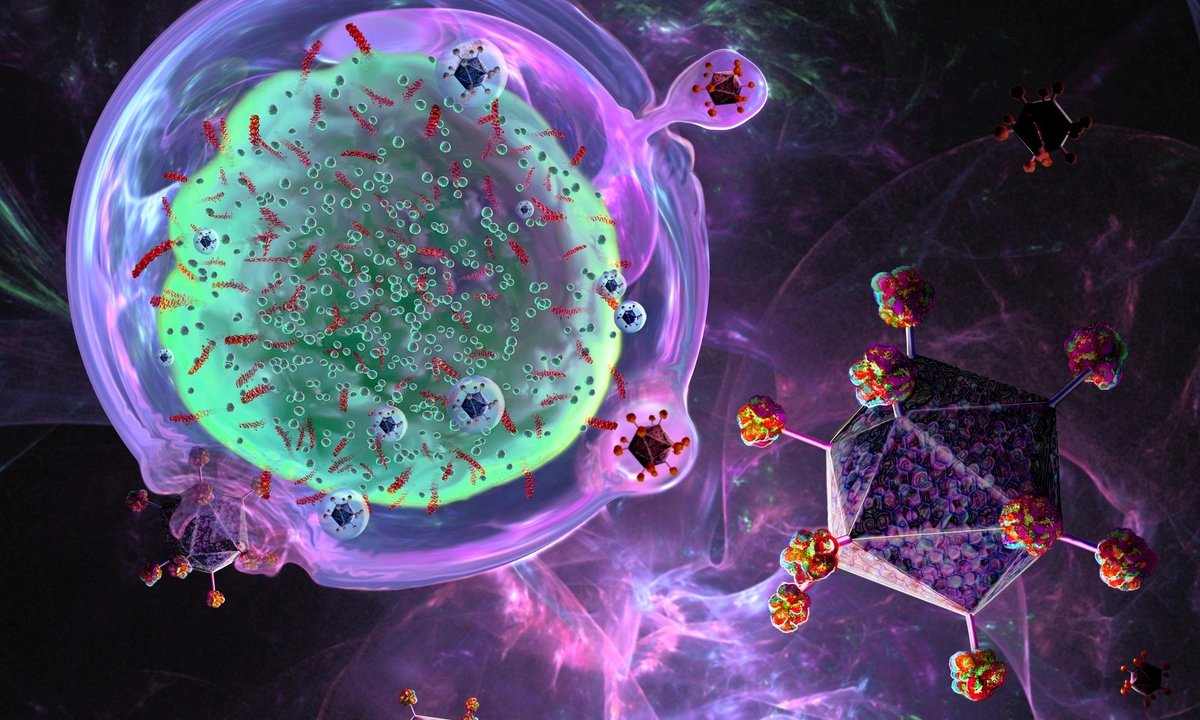Cell Lymphoma: What You Need to Know Right Now
Cell lymphoma refers to cancers that start in lymphocytes — the white blood cells that protect you from infection. Some types grow slowly and cause few symptoms, while others can spread fast. The good news: treatments have improved a lot, and many people respond well to modern therapies.
Spotting lymphoma early makes a big difference. Watch for painless swollen lymph nodes in the neck, armpit, or groin; unexplained fevers; night sweats; sudden weight loss; persistent fatigue; or frequent infections. Skin changes, cough, or belly pain can happen depending on where the lymphoma is. If these symptoms last more than a few weeks, see your doctor.
How doctors find and stage cell lymphoma
Diagnosis starts with a physical exam and basic blood work. The only way to confirm lymphoma is a biopsy — usually removing a whole lymph node or a core sample. Pathologists run tests to identify the cell type (B-cell or T-cell) and look for markers like CD20 or CD30. Imaging such as CT or PET scans shows where the disease is and helps with staging. Bone marrow biopsy or additional blood tests are sometimes needed to check spread and guide treatment.
Treatment options and what to expect
Treatment depends on the exact type, stage, and your overall health. Common approaches include chemotherapy, targeted drugs, immunotherapy, radiation, and stem cell transplant. For many B-cell lymphomas, adding rituximab (an anti-CD20 drug) to chemo improves outcomes. For certain aggressive or relapsed cases, CAR‑T cell therapy or newer targeted agents can produce strong responses.
Treatments come with side effects: fatigue, nausea, low blood counts, infections, and nerve problems are common. Your care team will monitor blood work, give anti-nausea medicine, and recommend growth factors or antibiotics when needed. Ask about fertility preservation before treatment if you plan to have children.
Choosing a center that treats lymphoma often matters. Look for a hematologist-oncologist experienced in lymphoid cancers and access to clinical trials. Get a clear treatment plan, expected timeline, and side effect checklist. Bring a trusted person to appointments and keep a list of medications and symptoms.
Follow-up is ongoing. After successful treatment, doctors schedule regular visits and scans to watch for recurrence and late effects. Vaccination advice may change during and after therapy because immune responses can be weaker. Talk to your team about flu and pneumococcal shots at the right time.
Practical tips: keep a symptom diary, maintain simple nutrition and hydration goals, avoid crowded places when counts are low, and ask for help with rides or household tasks. Emotional support matters—consider counseling or a local support group. If you want, search GrantPharmacy.com for medication guides and drug safety info linked to lymphoma care.
Before any treatment, write down key questions: what's my exact subtype and stage? What are realistic goals with this treatment—cure, control, or symptom relief? What side effects should I expect, and how will they be managed? Are there clinical trials I should consider? Who do I call for urgent concerns?

An Overview of Cell Lymphoma Clinical Trials
- by Colin Edward Egan
- on 27 May 2023
As a blogger, I have come across a plethora of information on cell lymphoma clinical trials. These trials are crucial in the development of new treatments and therapies for lymphoma, a type of cancer that affects the lymphatic system. Throughout my research, I discovered that clinical trials are typically divided into phases, each focusing on different aspects such as safety, dosage, and effectiveness. Patient participation is essential in these trials, as their experiences can lead to breakthroughs in the field. Overall, cell lymphoma clinical trials play a pivotal role in advancing our understanding and treatment of this complex disease.
